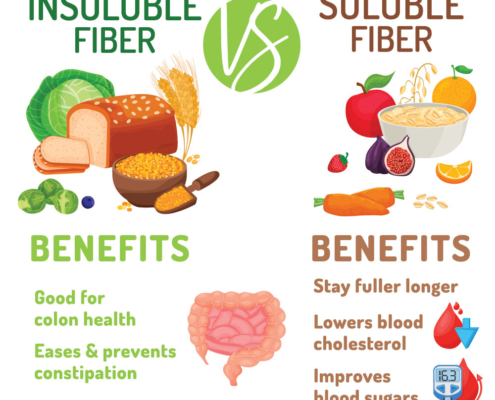Cardiovascular Dietitian Nutritionist for Heart Health Diet Plans
Cardiovascular disease (CVD) is the leading cause of death in Western countries. With the rising incidence over the last 25 years, intervention has become a health priority. Research consistently shows that adopting heart-healthy dietary patterns and lifestyle changes can significantly reduce the risk of CVD and related events.



